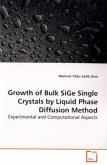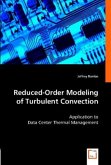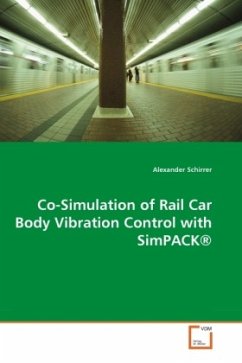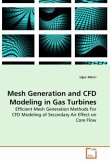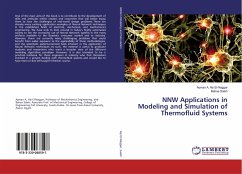The main objective of this book aims at developing
a new generation of software product, in order to
obtain a fully automatic simulator predicting the
entire Czochralski process.
Firstly, new efficient, robust and high-quality mesh
generation algorithms for any complex geometry were
implemented.
A Finite Element Navier-Stokes solver based on
unstructured meshes was developed. Enhanced
turbulence models, together with a generic
transformation method to avoid negative k when
solving the turbulent kinetic energy equation by the
Newton-Raphson method were implemented. Moreover,
mathematical models governing the gas convection and
oxygen distribution in the silicon melt were
developed, and numerical methods to solve these
governing equations were implemented, while
appropriate numerical approaches to capture the wall
shear stress along the meniscus experienced by the
silicon melt were investigated.
Numerical experiments devoted to investigate the
industrial Czochralski process are presented.
Comparisons of the simulation results with literature
and experimental observations are also presented, and
conclusions are drawn based on these results and
observations.
a new generation of software product, in order to
obtain a fully automatic simulator predicting the
entire Czochralski process.
Firstly, new efficient, robust and high-quality mesh
generation algorithms for any complex geometry were
implemented.
A Finite Element Navier-Stokes solver based on
unstructured meshes was developed. Enhanced
turbulence models, together with a generic
transformation method to avoid negative k when
solving the turbulent kinetic energy equation by the
Newton-Raphson method were implemented. Moreover,
mathematical models governing the gas convection and
oxygen distribution in the silicon melt were
developed, and numerical methods to solve these
governing equations were implemented, while
appropriate numerical approaches to capture the wall
shear stress along the meniscus experienced by the
silicon melt were investigated.
Numerical experiments devoted to investigate the
industrial Czochralski process are presented.
Comparisons of the simulation results with literature
and experimental observations are also presented, and
conclusions are drawn based on these results and
observations.


